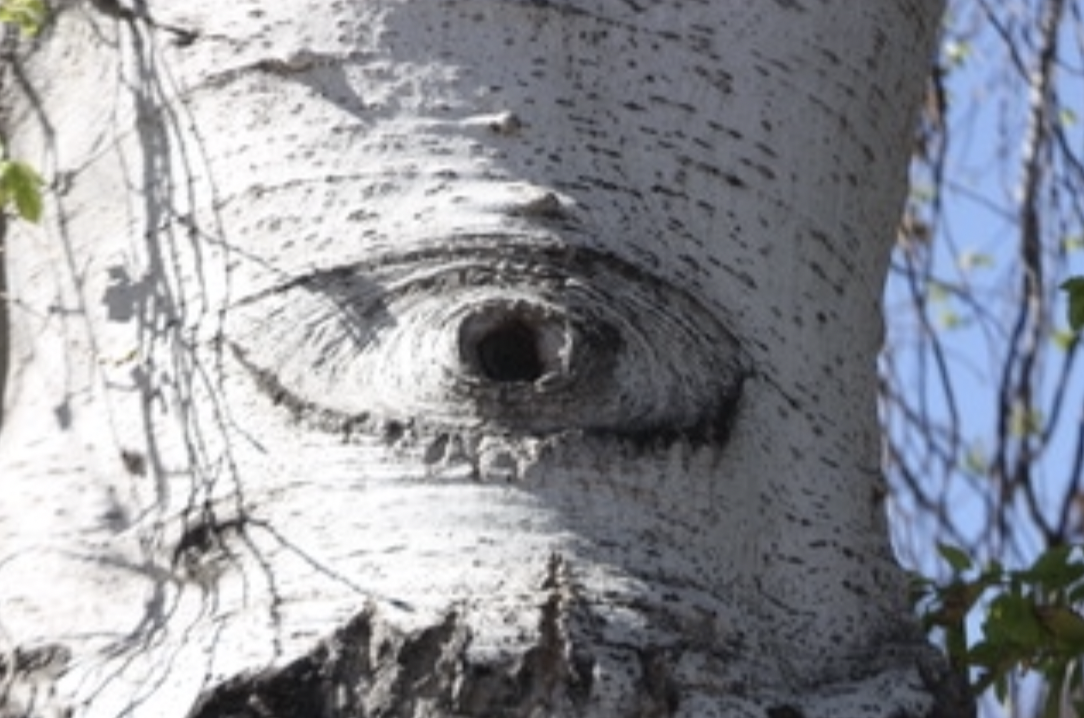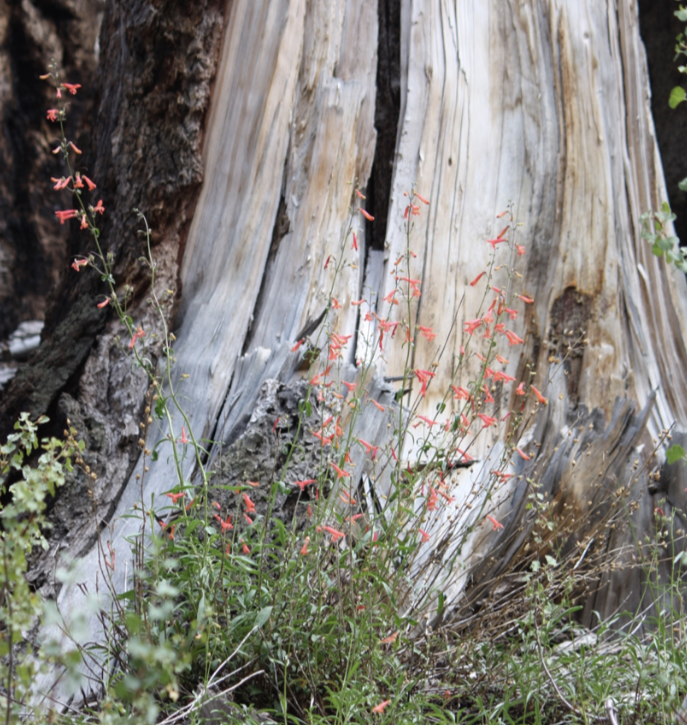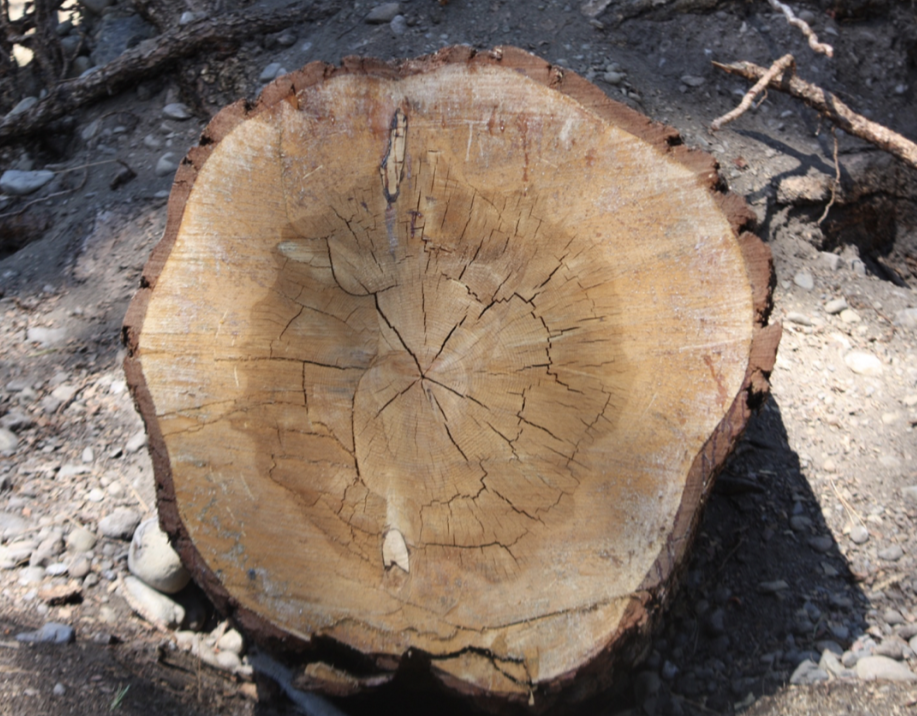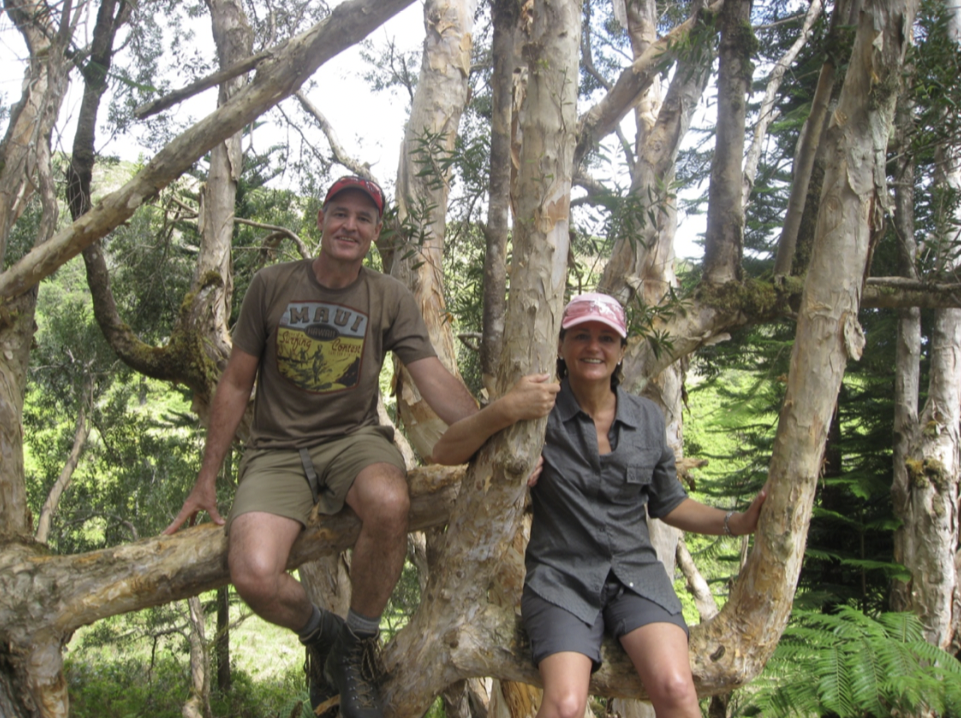A Window into the Woods - Mindful Living in August
/“When you go out into the woods, and you look at trees, you see all these different trees. And some of them are bent, and some of them are straight, and some of them are evergreens, and some of them are whatever. And you look at the tree and you allow it. You see why it is the way it is. You sort of understand that it didn’t get enough light, and so it turned that way. And you don’t get all emotional about it. You just allow it.
You appreciate the tree.
The minute you get near humans, you lose all that. And you are constantly saying ‘You are too this, or I’m too this.’ That judgment mind comes in. And so I practice turning people into trees. Which means appreciating them just the way they are.”
- Ram Dass, author, psychologist
What is our window into the world? What is our window into the woods? As we pause to contemplate the quote above, let’s consider how is it that we can be so critical towards those around us. How, instead, could we expand our perspective? How can we look at others in compassion and love?
What are some judgments that we might have made today? Are some of those judgments out of our own mobius strip of insecurities, doubts, jealousies, or lack of understanding? Do you find some of these circling both in and out of your world – what comes from the inside and also what seems to show up on the outside as projections, reactions, frustrations? I love the image of the mobius strip as I practice authenticity, the idea of being the same on the inside and the outside. Authenticity is an intentional practice…a daily practice.
How can we appreciate others and invite others to appreciate us? We encounter differences every day – differences in race, politics, gender, faith and more. Even differences in how we manage our day – have you ever been judged for being an early riser or a late sleeper? Have you ever been judged for being too sensitive or not sensitive enough? How can we connect across these differences, especially at a time of such deep social polarization?
“Every viewpoint is a view from a point,” writes Richard Rohr, “and we need to critique our own perspective if we are able to see and follow the truth.” As I wrote in my book, Stop Breathe Believe, “It’s only when we gain some self-awareness that we’re able to critique our own dearly held viewpoint, and only when we can move toward understanding another’s perspective that we can gain the empathy that allows a deeper understanding of each other’s experiences and emotions. Part of empathy is perspective-taking, being able to see and understand what someone else is thinking.”
When we look into another’s eyes, can we see the face of God? Can we appreciate the differences, the uniqueness, the beauty in all of us?
I want to be a bridge-builder among differences. We have to listen closely to others, much the same way we want others to listen to our hearts, our ideas, our perspective.
Photo taken in Costa Rica by Dianne Morris Jones
Have we thought of where these judgments came from? Can we trace the roots of some of our deeply held or even freshly budding judgments? What roots are grounded in love? What pruning might need to occur in our hearts?
As we stretch and bend in resilience amidst so many forces in our culture, we can think of how a tree has the ability to move and adjust. As we look at our roots, how can we water and support the beauty of wisdom as we learn to love deeper and wider? How can we pay more careful attention to our thoughts, our judgments, our schemas, and our previous learnings as we attempt to lean in to loving others in a more gentle, caring and empathic way?
Photo taken in Glacier National Park, Montana by Dianne Morris Jones


















